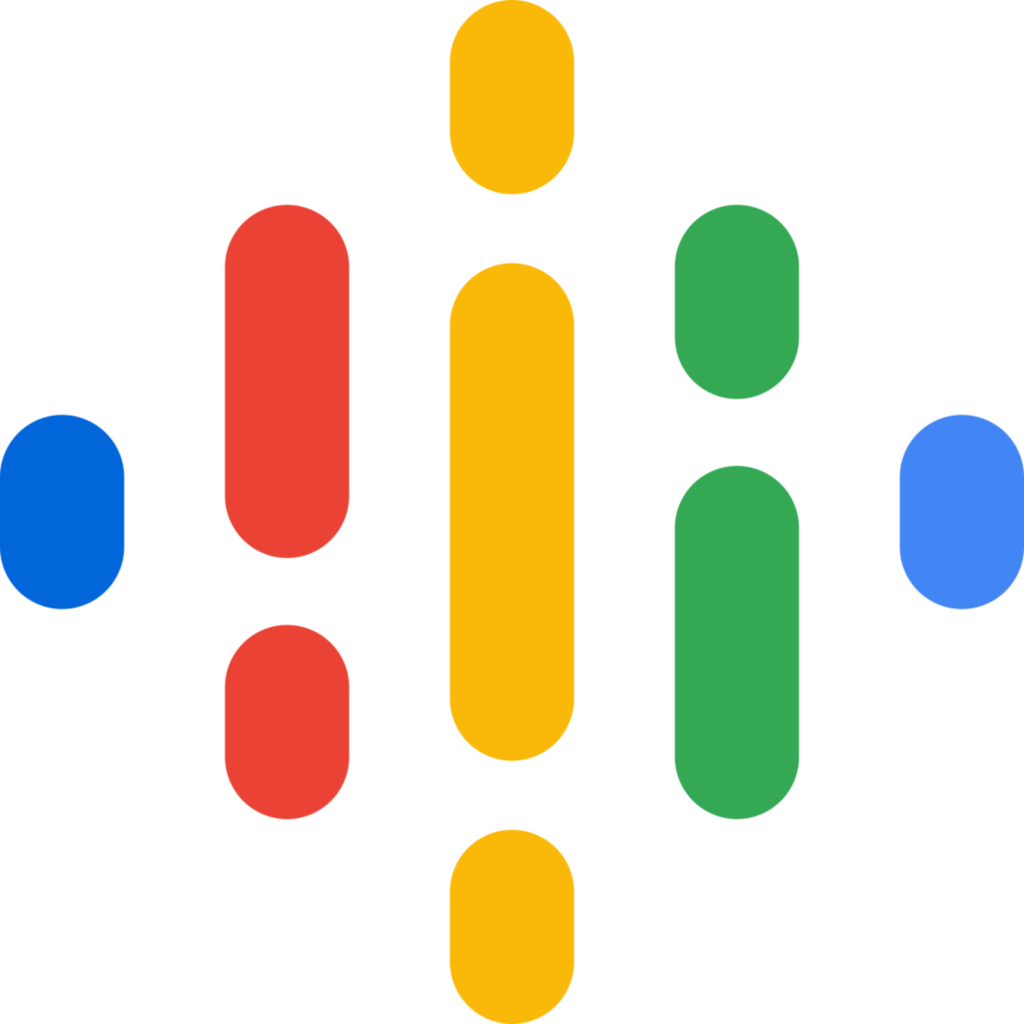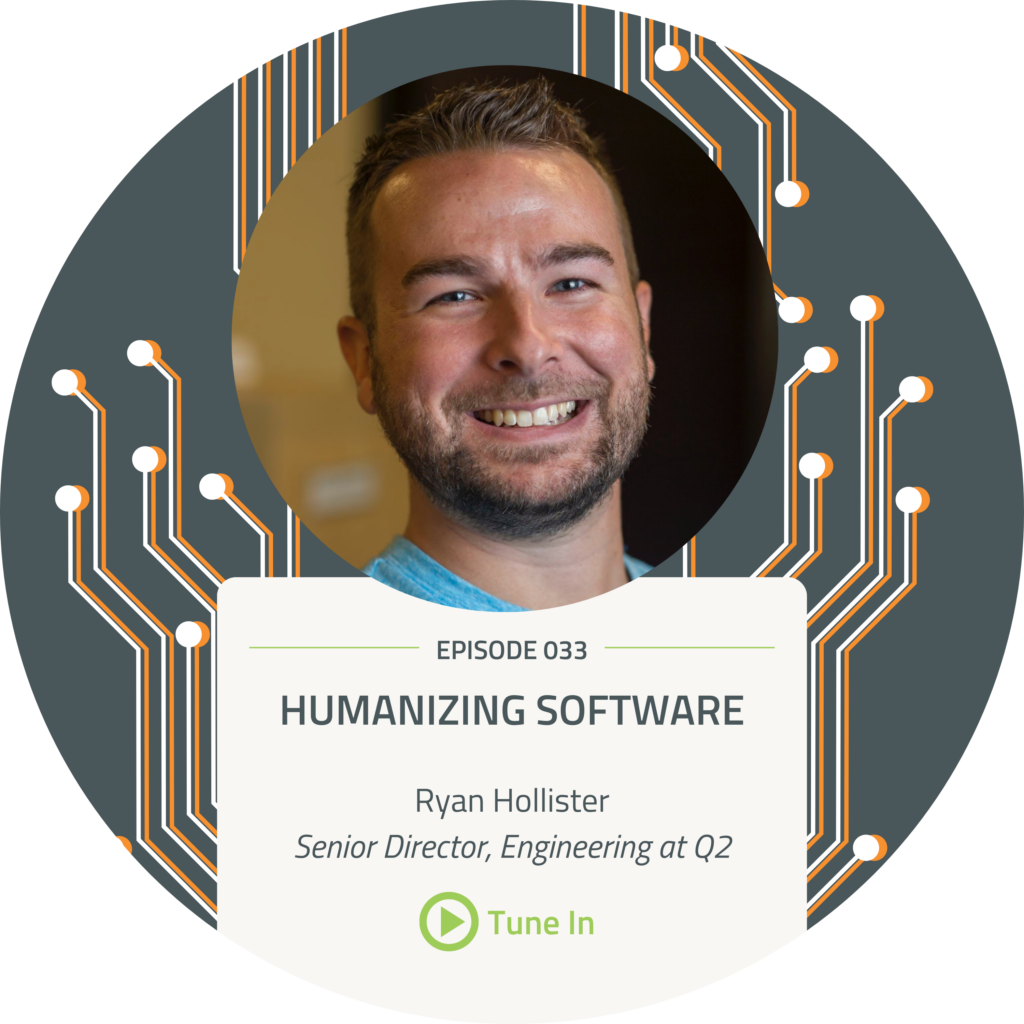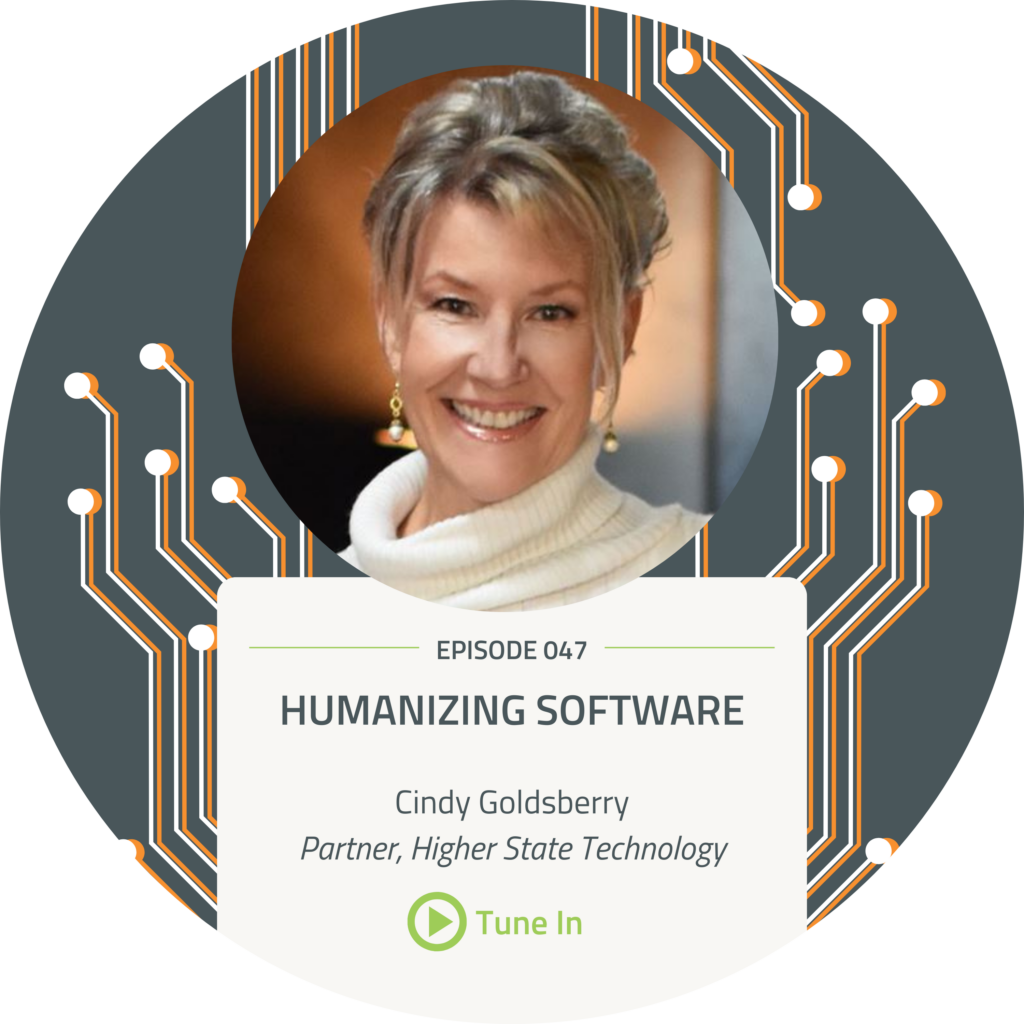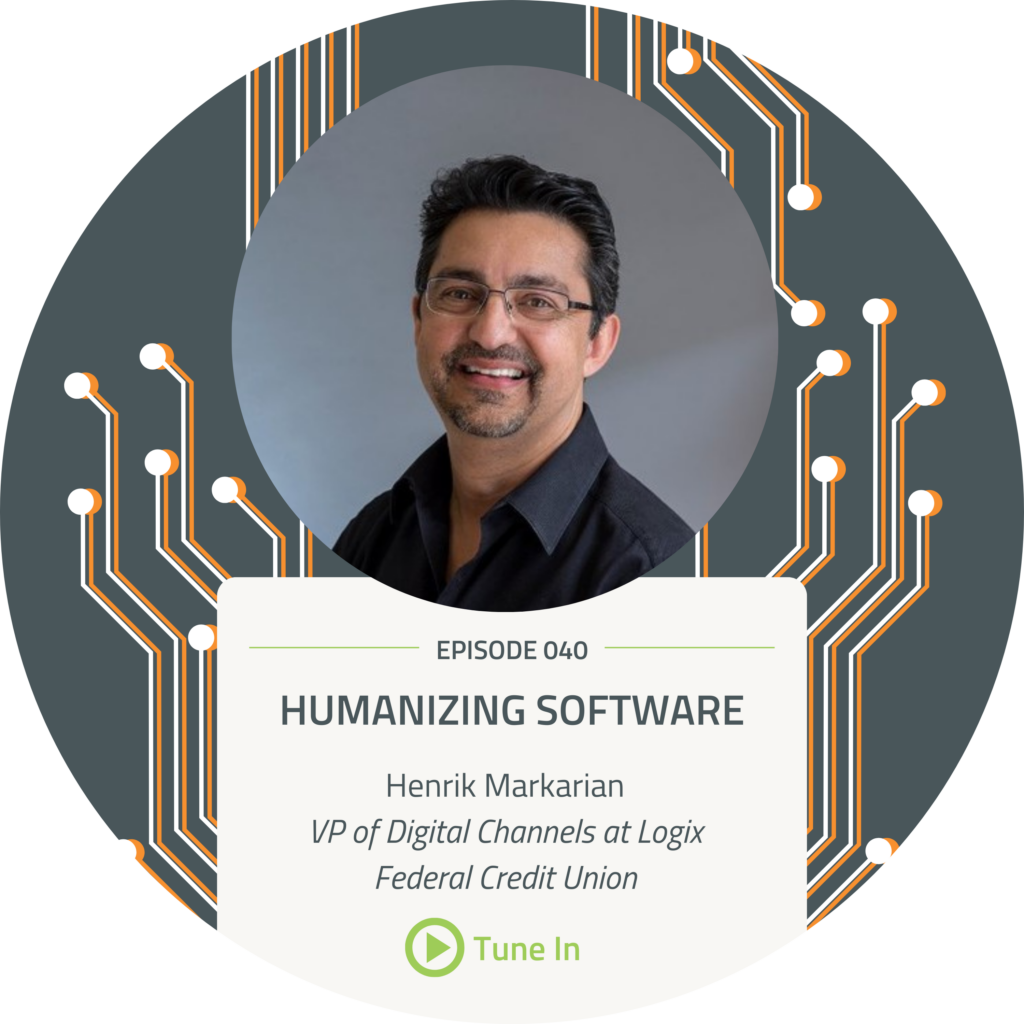PODCAST
Humanizing Software
Welcome to Humanizing Software, where we explore our ever-evolving relationship with technology and its impact on our professional and personal lives.
Hear incredible stories and gain valuable insights from global industry leaders as we discuss their relationship with software and how it has developed throughout their careers.
As technology continues to evolve and bring us closer together, it should enable people to do what they do best, while we uncover how they leverage technology to excel at their best.

Subscribe to this podcast
Recent Episodes
“If you balance integrity with ingenuity and resourcefulness, you will get the best possible answer.”
Get to know Corinne Bartow from MX
Humanizing Software Episode 52 with Corinne Bartow
Humanizing Software Playlists
Interested in being a guest?
Also available on your favorite app!






